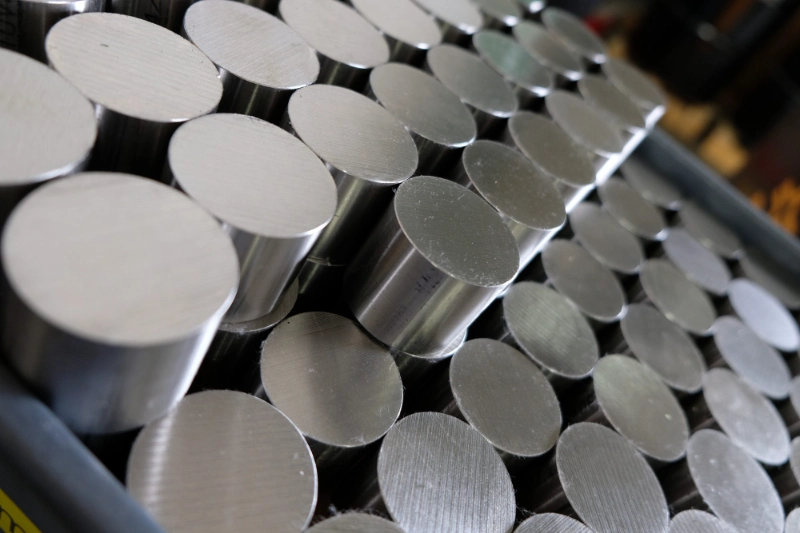Alloys and stainless steel are two important types of metal materials in the field of materials engineering, and they have a wide range of applications in their respective fields. Although they are similar in some aspects, there are significant differences between them, and one important difference is Hastelloy, which does not fall into the stainless steel category, but is a special nickel-based alloy.
Stainless steel is a commonly used metal material whose main components include iron, chromium, nickel and other elements. These additional elements give stainless steel excellent corrosion resistance, allowing it to maintain its appearance and performance in wet, corrosion-prone environments. Common stainless steel types such as 304, 316L, 310S, etc. are usually dominated by austenitic structure, which gives them excellent strength and general corrosion resistance. However, in high temperatures and highly corrosive environments, the performance of stainless steel may be lacking.
Hastelloy is fundamentally different from stainless steel. Its main component is nickel, which is an excellent corrosion-resistant alloy. Hastelloy is often used in areas where resistance to extreme corrosion and high temperature environments is required, such as the chemical industry. Some common Hastelloy alloys include C276, C22, etc. These alloys exhibit excellent corrosion resistance and remain stable even in highly acidic and alkaline environments. In addition, Hastelloys also perform exceptionally well in high-temperature environments, making them highly prized in high-temperature, corrosive environments.
Although Hastelloy and some stainless steels (such as austenitic stainless steel 304, 316L) both have austenitic structures, there are still obvious differences between them. The biggest difference is the composition. The main component of Hastelloy is nickel, while the main component of stainless steel is iron. This difference results in significant differences in their corrosion resistance. Hastelloy exhibits excellent corrosion resistance, especially in high temperatures and highly corrosive environments. Although stainless steel also has a certain degree of corrosion resistance, it is relatively low.
Summary: There are significant differences in composition and properties between alloys and stainless steels. Stainless steel is known for its strong appearance and general corrosion resistance, while Hastelloy stands out for its superior corrosion resistance and high temperature performance. Choosing the right material requires full consideration of specific application scenarios and performance requirements. If you want to buy high-quality alloys, welcome to follow us Wuxi Xinshanhu Steel Co., Ltd., we are a Chinese alloy manufacturer with more than ten years of production experience, able to provide customers with various alloy products, Plates, bars, pipes, pipe fittings, fasteners, flanges, etc. can be processed according to drawings, please contact us.